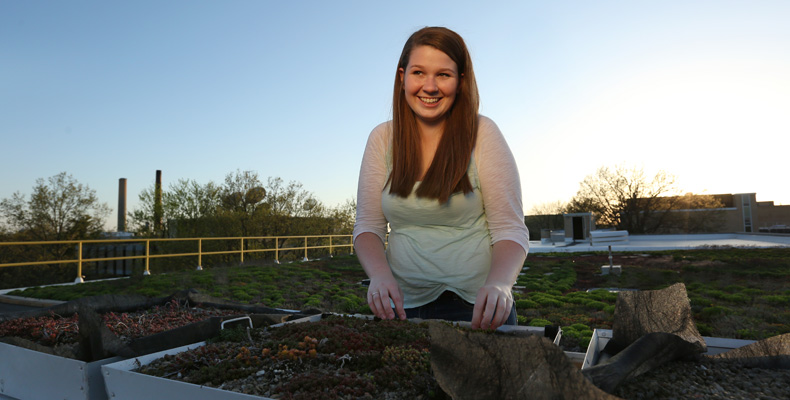
Katie Bartels, a sophomore in environmental engineering, conducts her experiment on the green roof on top of Emerson Electric Co. Hall. Photo by Sam O’Keefe
For Katherine Bartels, environmentalism is all about balance. “It is finding the best solution for humans and the environment without sacrificing one for the other,” she says.
Bartels follows this mantra in her current research project. She studies the volume and quality of stormwater saved from runoff by the green roof on top of Missouri S&T’s Emerson Electric Co. Hall.
The green roof features 16,000 plants arranged in the shape of a shamrock. Most of the plants growing on the roof are a variety of sedum and all were chosen for their ability to thrive in direct sun and wind with limited water. The roof is divided into three sections, each covered with different roofing materials, which allow S&T researchers to compare the water runoff control, water quality and thermal properties of each material.
Bartels, a sophomore in environmental engineering from Independence, Missouri, started the experiment last summer as part of the Opportunities for Undergraduate Research Experiences (OURE) program, and plans to continue her research until she graduates. Joel Burken, professor of civil, architectural and environmental engineering and director of the Environmental Research Center for Emerging Contaminants, directs the research.
Bartels says that although the green roof absorbs a significant amount of stormwater, the stormwater that is washed out has much higher concentrations of nitrogen and phosphate than a typical black roof. When excessive nitrogen and phosphorous levels end up in local waterways, undesirable side effects such as algae blooms can occur. When algae die, they decompose. The decomposition consumes oxygen, and with less oxygen, naturally occurring aquatic plants, fish, crustaceans and other organisms can die. Algae blooms also produce algal toxins that directly pollute the source of drinking water intake.
So now, Bartels is researching how much ground soil is necessary on a green roof to fully absorb the stormwater and minimize the amount of nutrients in the runoff. She is also studying the cooling effect that green roofs have on urban “heat islands.” An urban heat island is a city or metropolitan area that is significantly warmer than its surrounding rural areas due to human activities. That project was initiated by Madison Gibler, a graduate student who plans to complete her master’s degree in May.
“What our research does is maximize the water source potential to cool the urban heat islands, but minimize the amount of nutrients in the runoff,” Bartels says.
Once a month, Bartels tests the rainwater on the green roof. She uses small plots of soil to trap the stormwater, and then filters it through plastic tubes to paint buckets where the runoff can be extracted and tested for nitrogen and phosphate. Some of the plots feature sedum plants. Others are just covered with rocks and soil. By testing varying plots, Bartels can get an idea of the impact different plants and soils have on the stormwater.
She presented her research to the state’s top legislators in Jefferson City on March 10 as part of the annual Undergraduate Research Day at the Capitol.
Bartels was also just accepted into the Aaron and Zelda Greenberg Scholars Program in the civil, architectural and environmental engineering department, in which students work with faculty advisors to develop a program of independent research study that will weave through both bachelor’s and master’s degree programs.
Bartels says she has always known that she wanted to channel her love of science into an environmentally focused career.
“I remember in elementary school reading about the polar ice caps melting. Then I saw a picture of a polar bear swimming in the ocean and my heart broke,” she says. “That’s when I knew I wanted to do anything I could to help the cause. When you’re passionate about something, you develop skills you might not have had.”
Bartels’ passion for developing clean water took root in high school, where she first learned about diverting stormwater runoff using rain gardens and green roofs in her environmental science class.
Bartels says her teacher used a low-lying recreation field with poor drainage as an example.
“I said, ‘Why don’t we build one?’” says Bartels.
Her teacher agreed, and the class built the school’s first-ever rain garden.
“It’s still there,” Bartels says. “And it’s a good feeling to say that.”
Bartels is treasurer of Missouri S&T’s Water Environment Federation (WEF) student chapter.
The student organization is heavily involved in environmental cleanups, and does float trip and sinkhole trash pickups at least once a year. The organization also monitors the water quality of Beaver Creek in southern Phelps County for the Missouri Department of Natural Resources, taking water quality samples twice a year, and makes presentations at local primary schools.
Bartels hopes to work for the Environmental Protection Agency some day, maybe testing and improving water quality.
By Greg Katski
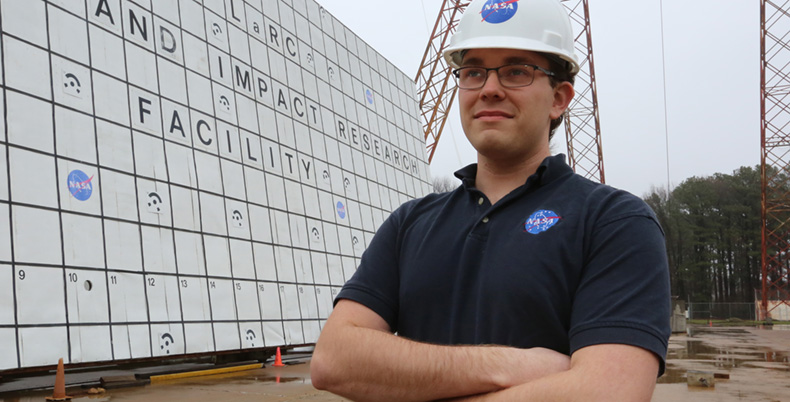
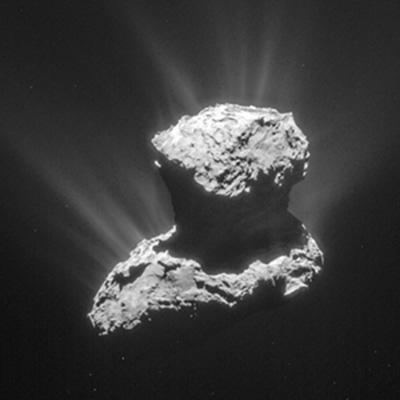
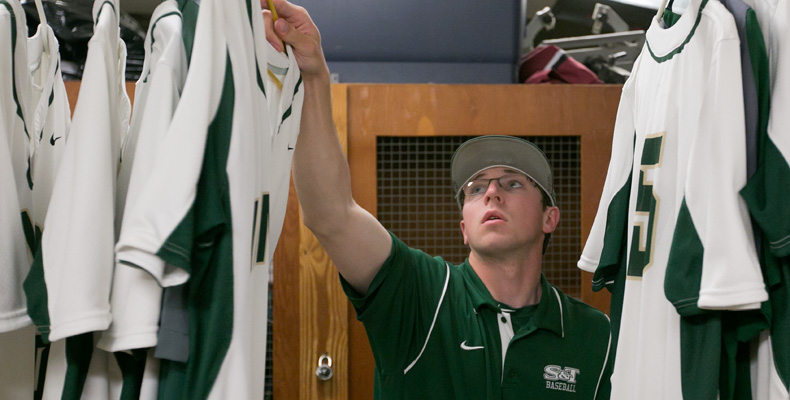
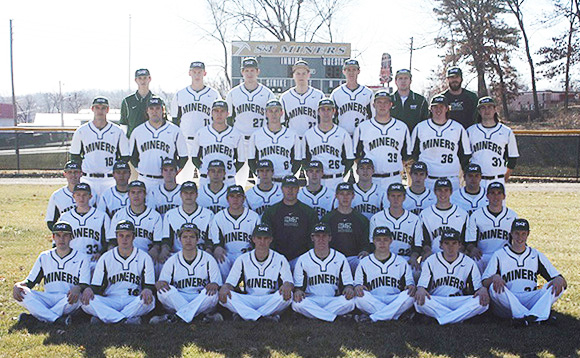
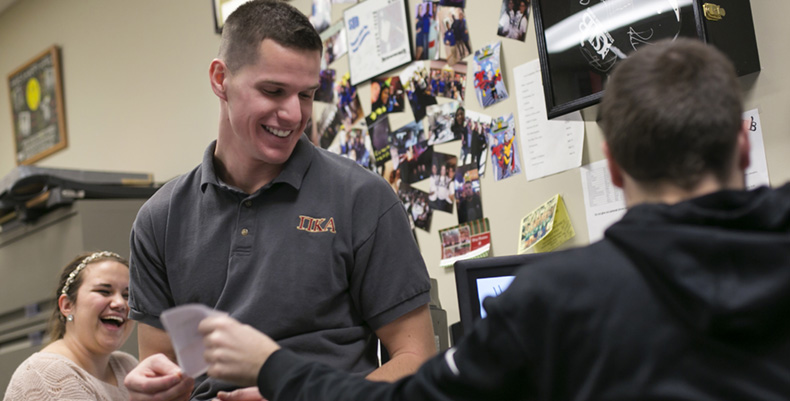
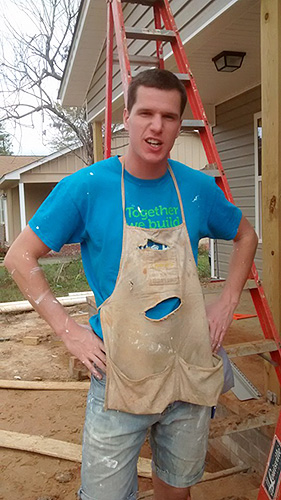
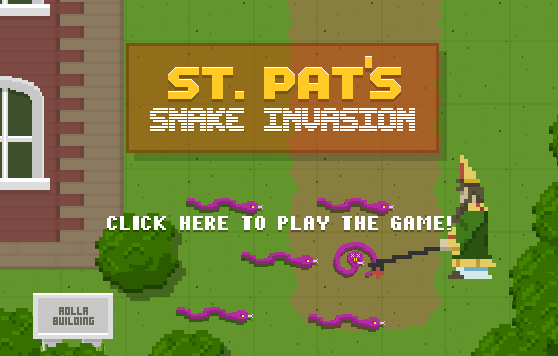

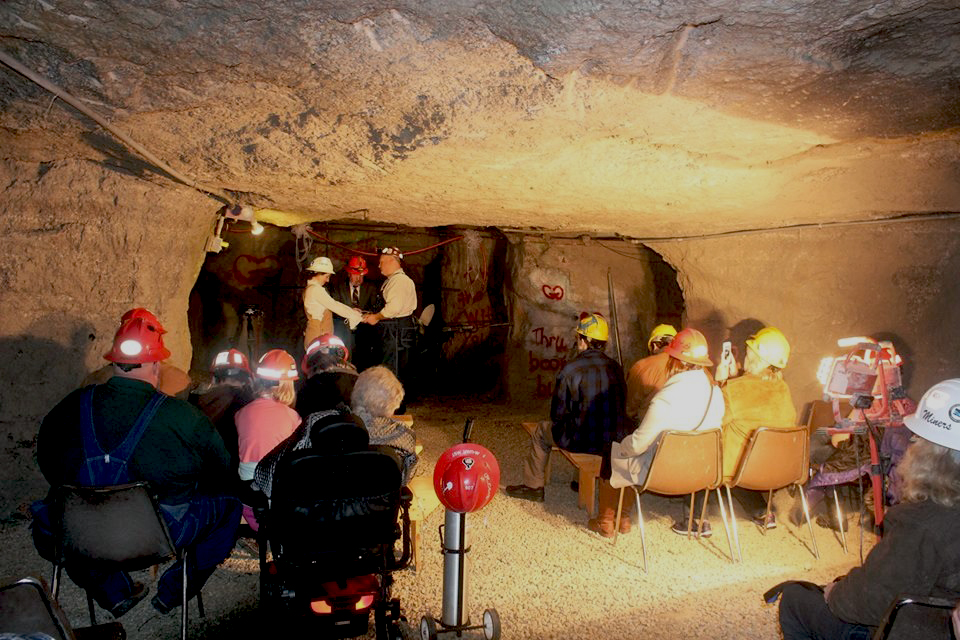
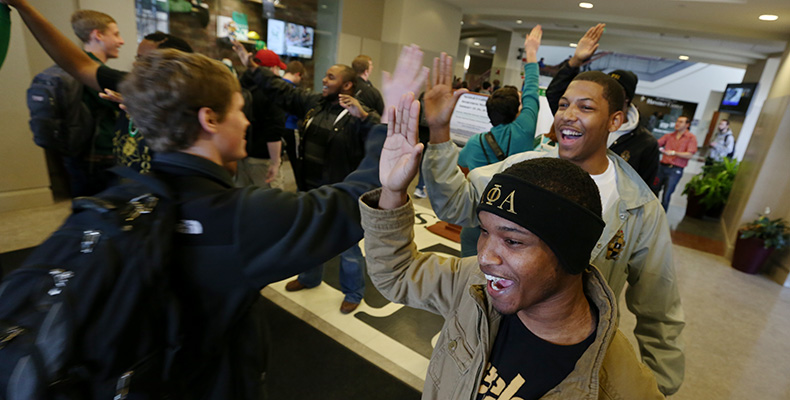
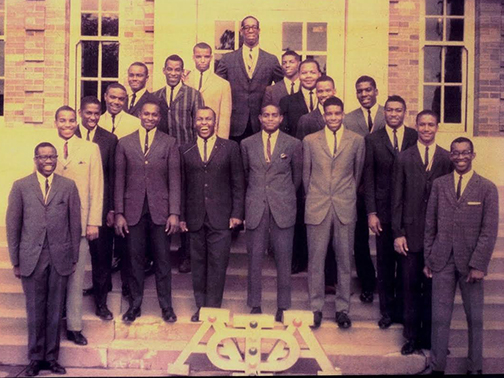


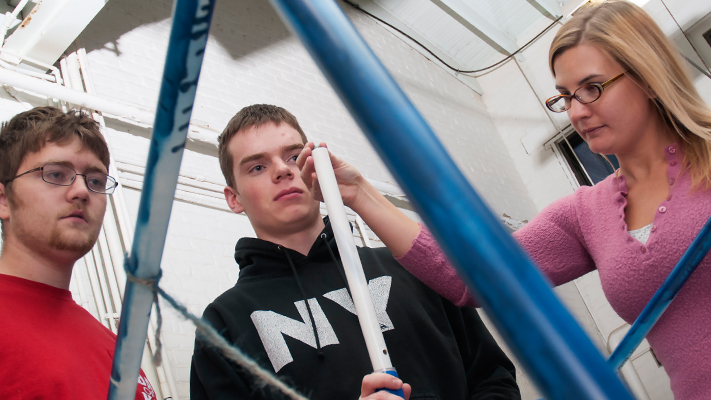

Recent Comments